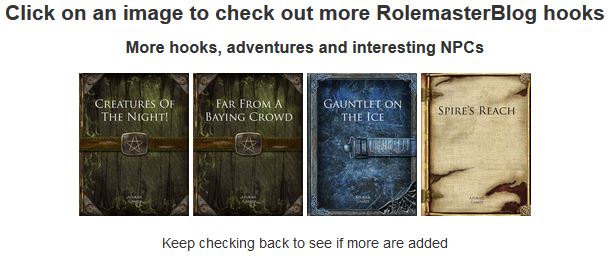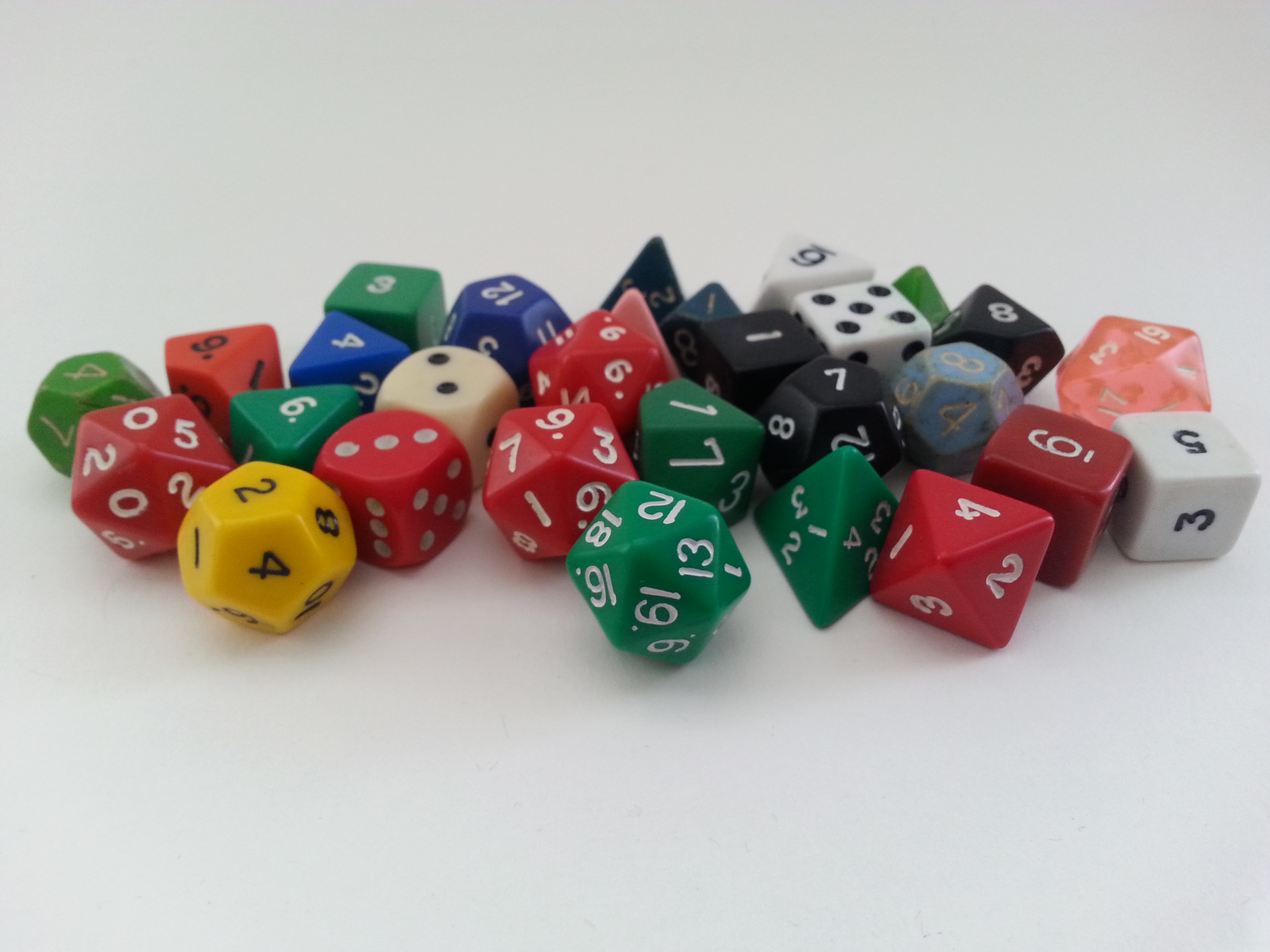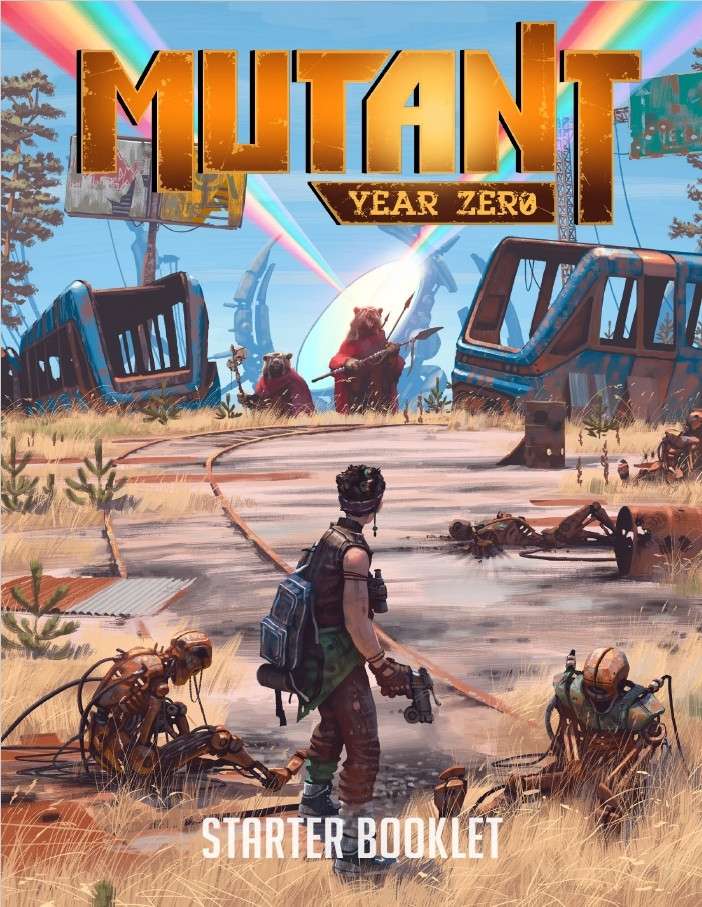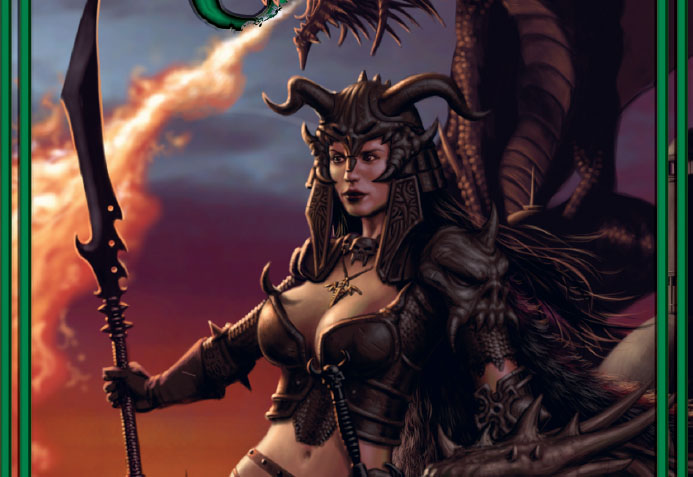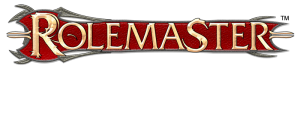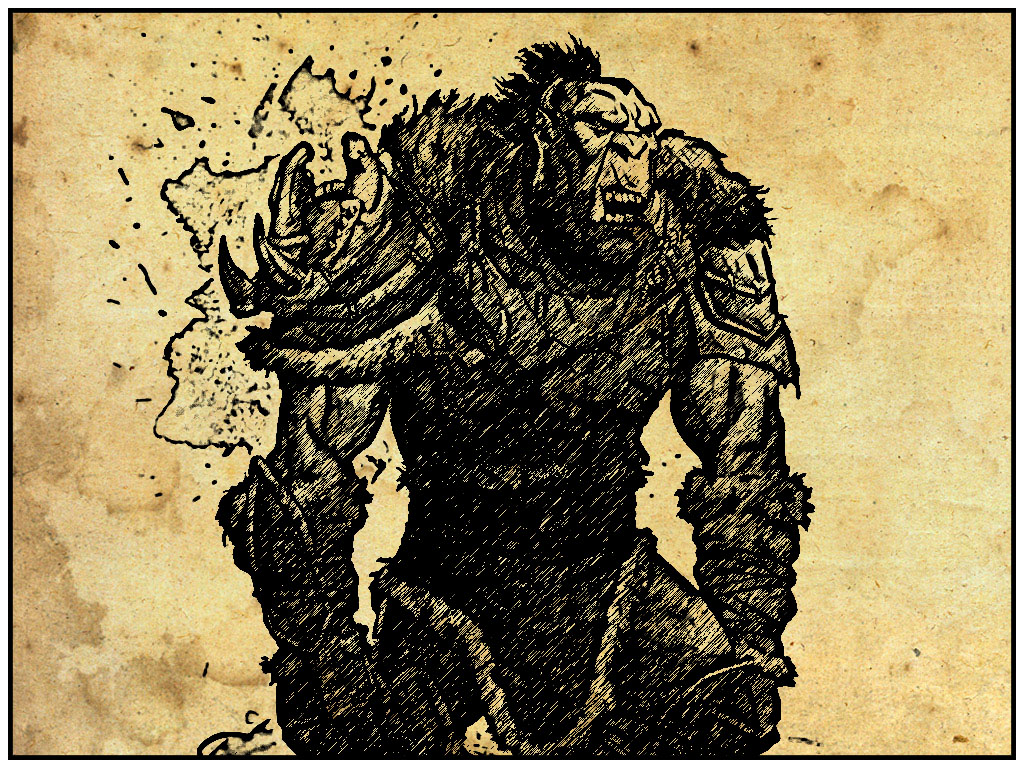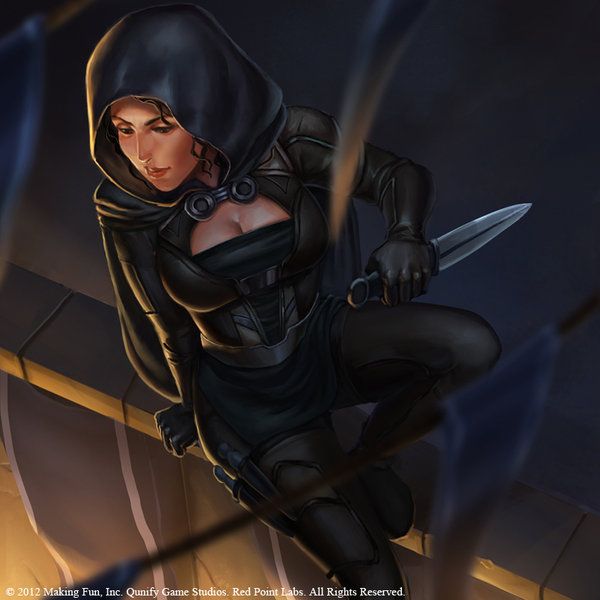This is Part 2 of an article series on self publishing in the RPG industry. Also see Part 1 and Part 3.
Setting the Price

Price is a tricky one. There is a temptation – which I fell into – of undercutting the competition, but in the long run, this really doesn’t help anyone. OneBookShelf (OBS) tend to say don’t sell for under $1 (although $0.99 can help sales and makes little realistic difference). If the supplement includes artwork, especially artwork which you are unlikely to be able to reuse but costs money to buy, this can mean that a higher selling price is necessary.
OneBookShelf also allows for Pay What You Want supplements, where the purchaser chooses what price they think the supplement is worth. I prefer doing this to out and out free. Naturally, the price most choose is nothing, but some may come back and then pay more than you would have priced the supplement for. Plus, these customers may also be added to your mailing list, a potential future source of income.
Some publishers offer most, or all, of their material for free. Often, this is because they have a Patreon campaign that generates the money in another way.
Where to Actually Sell
 The OneBookShelf network is by far the biggest player in the niche. There is also the Paizo store, the Open Gaming Store and Warehouse 23 from Steve Jackson Games. Amazon, through Kindle and CreateSpace, is another. There are also other more specialised sites such as Fantasy Grounds and Roll20, which sell material for tabletop software systems, which tend to require knowledge of how to create or adapt material to these. Such content can also be sold through OBS as well. OBS do offer a 5% exclusivity bonus, if you only sell on their sites, but many of the bigger players cover multiple markets, so it’s likely that there’s a definite advantage to doing so, if you can. There are other print on demand publishers, such as Lulu too.
The OneBookShelf network is by far the biggest player in the niche. There is also the Paizo store, the Open Gaming Store and Warehouse 23 from Steve Jackson Games. Amazon, through Kindle and CreateSpace, is another. There are also other more specialised sites such as Fantasy Grounds and Roll20, which sell material for tabletop software systems, which tend to require knowledge of how to create or adapt material to these. Such content can also be sold through OBS as well. OBS do offer a 5% exclusivity bonus, if you only sell on their sites, but many of the bigger players cover multiple markets, so it’s likely that there’s a definite advantage to doing so, if you can. There are other print on demand publishers, such as Lulu too.
A final option is a store on your own site. Although this will likely give the highest percentage – after all, you won’t need to pay a percentage to another store’s owner – it can also be the trickiest to do.
Sales & Marketing

OBS has tracking codes, which they call source codes. These can be used to track where a sale came from (if the person creating a link used them; the codes you see in a marketing source report are not solely the ones you create yourself, but all relevant ones), although these do get overwritten when another is clicked.
My highest sales numbers come from the various OBS internal codes combined, especially from the front page and also purchased (these, being listed as FrontPage and also_purchased, are very easy to spot); however, over the past year OBS changed the ranking algorithm so that it ranks by money made from a supplement, not number of supplements sold. This generally benefits the bigger publishers – who tend to create more expensive products; smaller publishers who make the occasional pricey supplement also benefit – and OBS, who make more money from larger sales, but it’s not so good for the smaller publisher who has lots of pocket-money priced items. This was notable in the past couple of OBS sales, when products were selling in numbers of about a tenth of what they did in similar sales last year, because they were no longer at the top of the sales listings.
My next major source of sales is through emails to my mailing list through the OBS email system. I send out emails when new products are released, and I give discounts on some new releases, to keep people interested in subscribing to the list, and link to other products and sales as well if they are appropriate. I used to always send an email out at the start of a sale as well, but just prior to the Black Friday/Cyber Monday sale OBS essentially asked publishers not to do this, as they had already notified customers (although this was stated before the customers were actually notified). Not that surprising, because it wasn’t unknown to get a lot of emails from many different publishers, but telling my customers and potential customers about site sales always generated product sales, and a generic one by OBS does not have the same effect.
The footers on the OBS sites can be used to promote similar items, and this is probably the next largest source of combined sales. Not every product has a footer, as yet, but I add footers with other relevant products when I see some that are related.
I also sell a few through my own site, although this doesn’t sell that many as yet; it probably pays for the domain name at best (the hosting is basically paid for elsewhere). The site needs more useful content in order to attract people who then might click through and purchase products.
The sales generated by social media are harder to quantify. I only know of one sale that came through social media, Facebook in its case, but that customer purchased about 50 products! Update: I have just started getting results from Pinterest after quite a few years of posting on the site. My pins have just started being reposted a lot (both my own supplements and reviews of other peoples) and this has resulted in an uptick in views and a number of definite sales.
Another area I have got a few sales from is ads in products themselves. I’ve added links to related products in the back of a few recent supplements, which can also fill up empty space! This has generated a few sales, but nothing significant as yet.
Probably the most important lesson to take from the source codes is to actually use them, every time you create a link.

